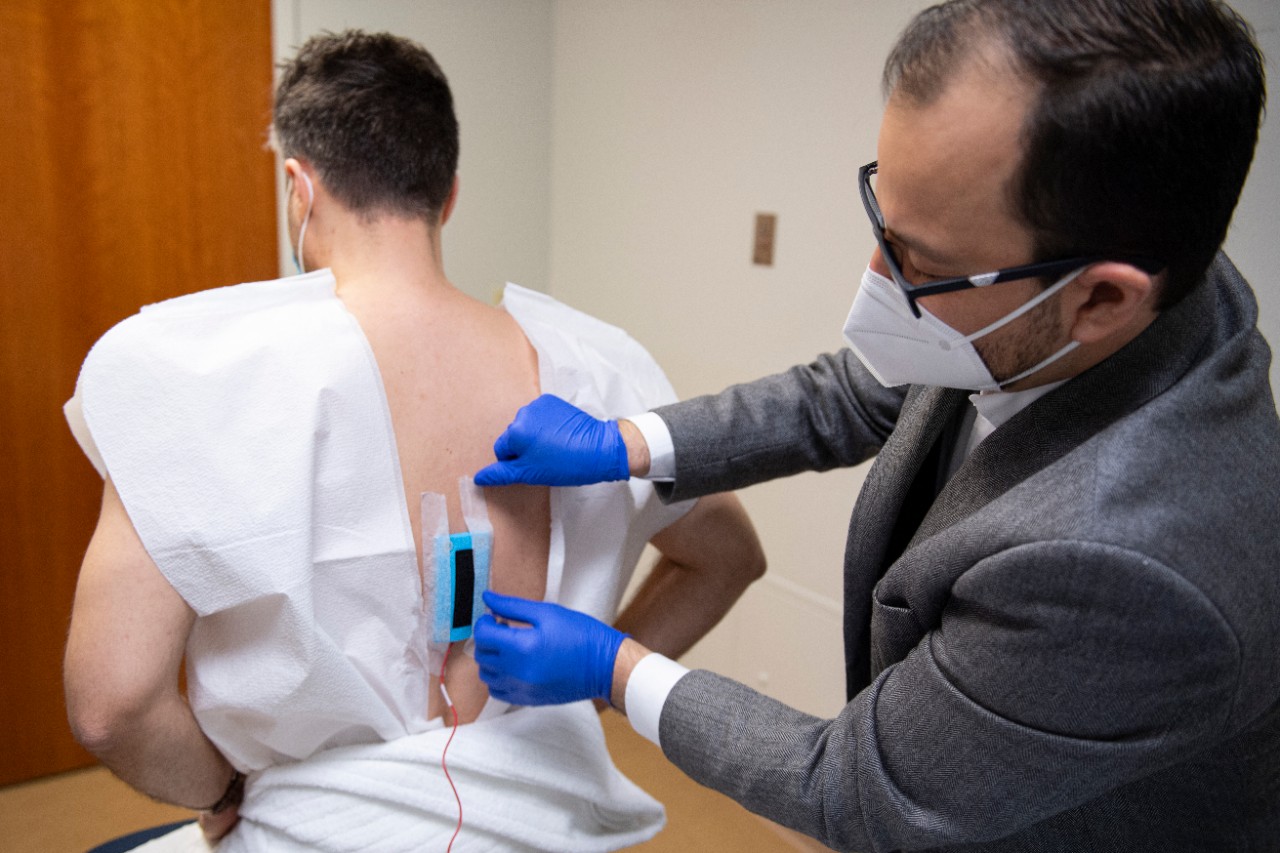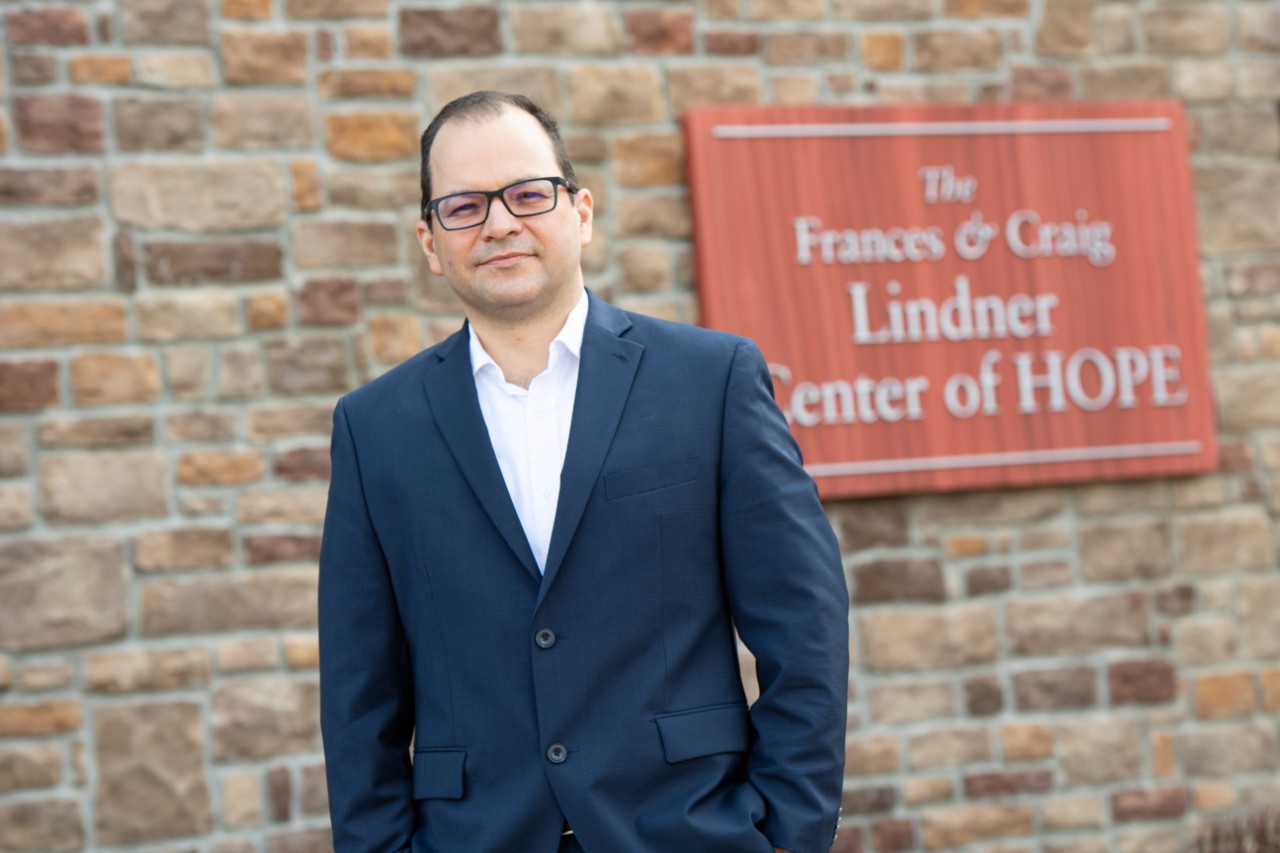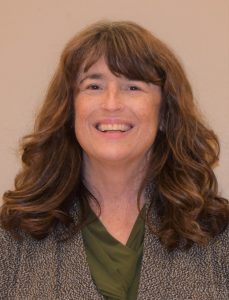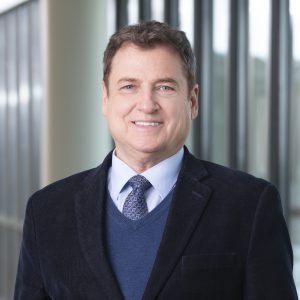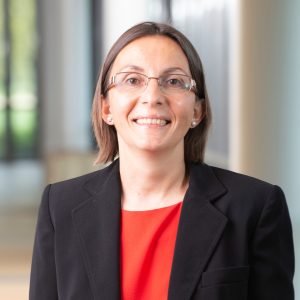Category: News
FOUR 1HR CME/CEU CONTINUING EDUCATION CONFERENCE
A Four-Part Series To Discuss Strategies to Stabilize and Improve Lingering Challenges of Chronic/Sub-Acute Mental Illness and Substance Use
Brought to you by Williams House at Lindner Center of HOPE.
Join Lindner Center of HOPE residential team members as they offer four 1-hour presentations for a free CEU for each presentation attended.
Four consecutive Tuesdays at Noon ET.
Virtual Webcast Event
Target Audience:
Healthcare and Mental Health Professionals
PRESENTERS AND TOPICS OF DISCUSSION
January 30, 2024
The Clinical Benefits of an Extended Stabilization Evaluation
Post presentation the audience will be able to:
1. Outline the clinical benefits of an extended stabilization evaluation in residential treatment.
2. Identify patients who will benefit from an extended stabilization evaluation in residential care.
3. Identify the elements of an extended stabilization evaluation.
Presenters: Michael Groat, PhD, Chief Clinical Officer and Dr. William Hartmann, MD, FAPA, Medical Director of Williams House
Click here to register (RSVP by Friday, Jan. 26th, 2024)
February 6, 2024
Concurrent Treatment of Schizophrenia and Mood Disorders
Post presentation the audience will be able to:
1. Describe symptom profile, evaluation and assessment processes, and basis of how people admit to Lindner Center of HOPE’s Williams House.
2. Describe Williams House services and how to identify treatment goals and tailor your approach to each individual.
3. Describe course of care, next steps, and discharge planning.
Presenters: Megan Morrison, CNP, PMHNP-BC , Psychiatric Nurse Practitioner,, and Shelby Naghshineh, Residential Behavioral Health Care Coordinator
Click here to register (RSVP by Friday, Feb. 2nd, 2024)
February 13, 2024
Schizo-Obsessive Disorder: Differential Diagnosis and Identifying Treatment Targets
Post presentation the audience will be able to:
1. Describe what stabilization and evaluation look like for an individual with obsessive-compulsive symptoms and concerns for psychosis.
2.Describe the evaluation process and diagnostic questions that are answered for these patients.
3.Describe the evaluation process, conceptualization, and treatment recommendations for a patient who presents with this disorder.
Presenters: Lindsey Collins Conover, PhD, Staff Psychologist, and Margot Brandi, MD, Medical Director of Sibcy House
Click here to register (RSVP by Friday, Feb. 9th, 2024)
February 20, 2024
Making the ‘Case’ for Stabilizing Evaluation and Restorative Treatment: Three Case Studies
Post presentation the audience will be able to:
1. Differentiate between inpatient care and stabilizing evaluation.
2. Recognize the benefits of integrated and interdisciplinary treatment with a seamless transition into further mental health services.
3. Identify a variety of specialized treatments offered within stabilizing evaluation.
Presenters: Michael Hill, Residential Behavioral Health Care Coordinator and Adan Liendo, LPCC-S, Residential Counselor
Click here to register (RSVP by Friday, Feb. 16th, 2024)
ACCREDITATION STATEMENT
This activity has been planned and implemented in accordance with the accreditation requirements and policies of the Accreditation Council for Continuing
Medical Education (ACCME) through the joint providership of the University of Cincinnati and the Lindner Center of HOPE. The University of Cincinnati is accredited by the ACCME to provide continuing medical education for physicians.
The University of Cincinnati designates this live activity for a maximum of 4 AMA PRA Category 1 Credits™. Physicians should claim only the credits commensurate with the extent of their participation in the activity. Each activity has been approved for 1.0 AMA PRA Category 1 Credit™.
The Ohio Psychological Association under approval number P099-311067501 (2010-2012) approves the University of Cincinnati College of Medicine
Department of Psychiatry for 4 mandatory continuing education credits for Ohio Licensed Psychologists.
DISCLAIMER
The opinions expressed during the educational activity are those of the faculty and do not necessarily represent the views of the University of Cincinnati. The information is presented for the purpose of advancing the attendees’ professional development.
For questions Contact: Pricila Gran at 513-536-0318 or [email protected]


